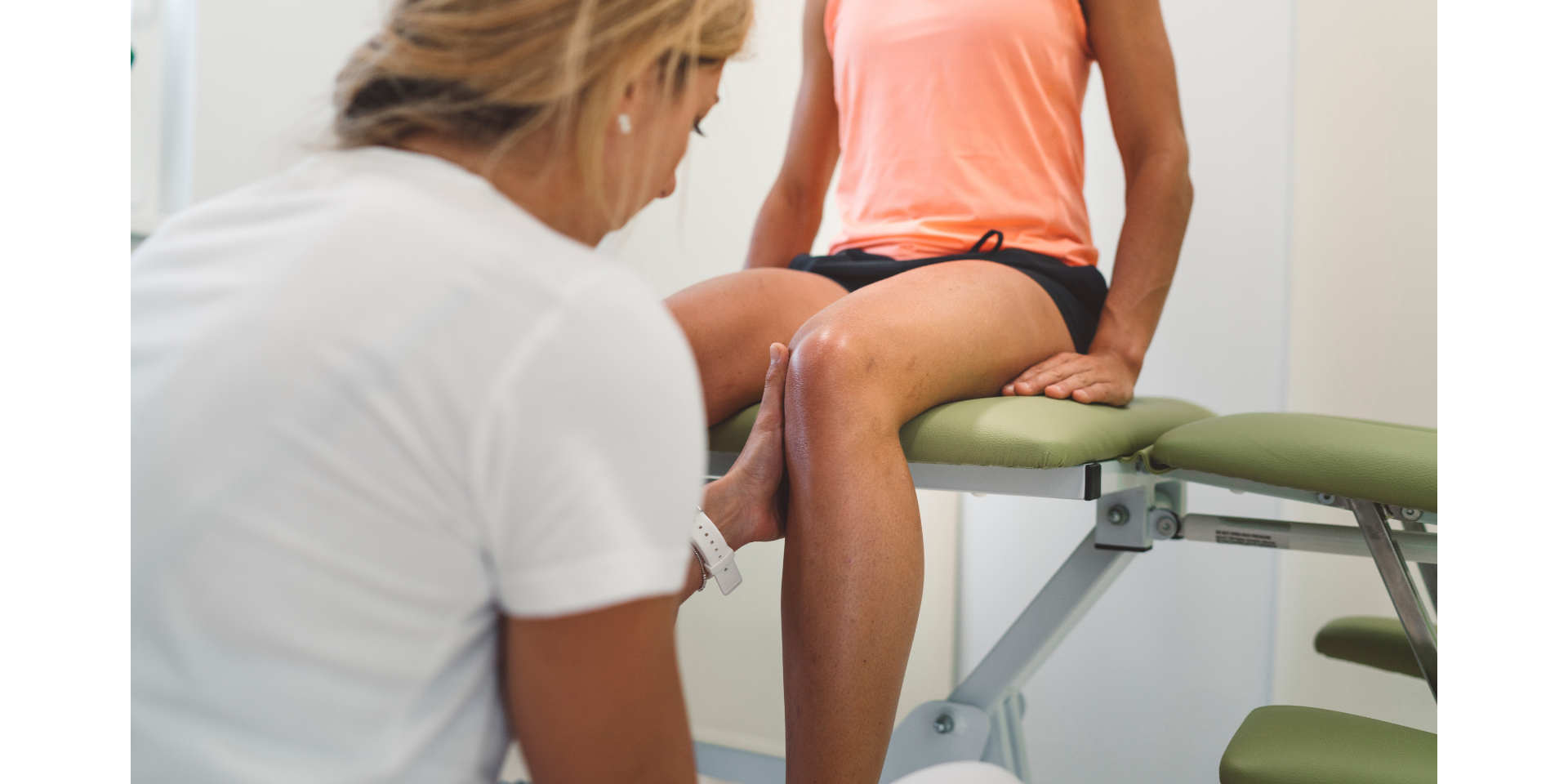By Ariana Besse (B.Phty Hons)
Short answer: No.
Long answer: Your brain has a whole lot to do with your pain experience.
So far, we have covered how the pain response comes about and how this response can be unhelpful over time due to an increased number of receptors and their decreased threshold. Please look at the previous 2 videos or blogs if you are not yet up to speed. The car alarm analogy is an exact parallel to that of the human body: when a car alarm is set off by merely a car with a loud exhaust driving past because of how sensitive it had become. Our nervous system becomes so sensitive that, regardless of any tissue damage or change, we can still experience pain.
Past Experiences
 Past experiences play a huge role in the process of the brain interpreting an input. When you have had a previous injury, every time you do a certain activity it makes the injury flare up and feel worse. The activity doesn’t have to be something that could cause damage e.g. standing up from sitting in a chair – this is a safe activity; there are minimal compressive loads through your body, but it causes pain?! This can happen because the body’s alarm has been turned up so much that all these small inputs (e.g. small stretch, degree of inflammation) remind our nervous system “This feels kind of similar to that time you really hurt yourself, and I don’t LIKE how similar it feels. So I’m just going to give you this big output of pain to protect us just in case you’re hurting yourself.”
Past experiences play a huge role in the process of the brain interpreting an input. When you have had a previous injury, every time you do a certain activity it makes the injury flare up and feel worse. The activity doesn’t have to be something that could cause damage e.g. standing up from sitting in a chair – this is a safe activity; there are minimal compressive loads through your body, but it causes pain?! This can happen because the body’s alarm has been turned up so much that all these small inputs (e.g. small stretch, degree of inflammation) remind our nervous system “This feels kind of similar to that time you really hurt yourself, and I don’t LIKE how similar it feels. So I’m just going to give you this big output of pain to protect us just in case you’re hurting yourself.”
The Everchanging Pain Experience
Thinking of this from a different point of view. We can have some damage there, and the amount of pain we experience is never the same and is always changing, even within the same person. Who could have guessed that at this point we have yet ANOTHER analogy from Matt. We DO love Matt, so here is another goodie to commit to memory.
Let’s talk about stubbing your toe in different scenarios. You stub your toe and, in both instances, the exact same thing happens in terms of the tissue damage at the toe.
 (1) You’ve kicked your toe, it’s hurting like crikey! BUT you have a bad day at work, you’re really not happy, you’ve dealt with heaps of stress. It’s rainy and dark outside when you get home your house is a mess. This is the moment you whack your toe against the table. And it keeps hurting and aching and it just goes and goes and goes. Right.
(1) You’ve kicked your toe, it’s hurting like crikey! BUT you have a bad day at work, you’re really not happy, you’ve dealt with heaps of stress. It’s rainy and dark outside when you get home your house is a mess. This is the moment you whack your toe against the table. And it keeps hurting and aching and it just goes and goes and goes. Right.
(2) Same table. Same toe. Same way. BUT this time it’s a beautiful sunny day outside, all your friends are sitting outside because you’ve just finished cooking a barbeque. Enjoying the sunshine and having a laugh, you stub your toe. Sure it hurt for a bit, but you quickly forget about it or take any notice of it while you continue to enjoy a beautiful day with friends. You haven’t felt that pain.
Comparing scenario (2) to (1), your brain has found something else that makes it less concerned about the pain: it’s distracted, it’s happy.
Summary
So while sometimes we can have no damage and lots of pain, we can also have damage and no pain at all. So, is a pain in your brain? It certainly has NOTHING to do with you imagining your pain or your experiencing your level of pain. It is more to do with what you’re experiencing. It is more complex than just injury à pain. We have those senses (mentioned in blog 1), our emotional state, sleep deprivation, how stressed you are, the context around the original injury, and what you’re experiencing. All of this makes up YOUR particular pain journey. And your brain is trying to be as helpful as it can. Unfortunately, it can move from a helpful to an unhelpful state. So where do we go from here? In the next blog, we are going to talk about what a Physio can do to help along with some other tips!
References:
- Butler, D.S., & Moseley, G.L. (2016). Explain pain(2nd [updated] ed.). Noigroup Publications.
- Moseley, G.L., & Butler, D.S. (2017). Explain pain supercharged: the clinician’s manual. Noigroup Publications.
- https://cor-kinetic.com/have-we-ballsed-up-the-biopsychosocial-model/
- https://www.iasp-pain.org/
- https://www.noigroup.com/resources/
- https://cor-kinetic.com/blog/
- http://www.greglehman.ca/blog
For more information, check out the following video of Matt and Zac.








